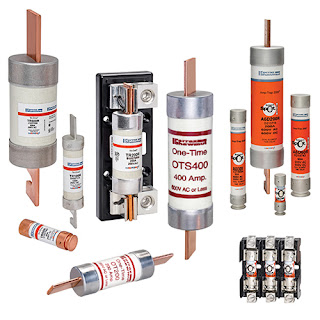Thin Film-Based Gauges Monitor Local Environments
Redundant traces, matched in length and size, can be implemented to monitor environmental changes over a small region, such as for rising gas or fluid conditions, or to provide damage protection when used in abrasive conditions. Unmatched lines allow for the variable open-space monitoring of growing corrosion levels, or for the monitoring of different types of corrosive elements.
Grid configurations are designed for specific operational environments and can utilise a combination of matched and unmatched lines to achieve the required electrical characteristics. The detection of environmental-caused degradation is accomplished by monitoring the change in electrical characteristics from one side, or zone, of the environmental gauge to another.
Photolithography techniques are utilised to achieve repeatable, high-precision transmission characteristics in confined areas. Materials such as copper, silver, aluminium, iron and zinc are commonly used for these lines, although other materials, or dopants, required for specific applications can also be deposited.
Traces can be added to most substrate types, even to flexible substrates such as MelinexR. Reynard's thin-film engineers will work closely with customers to ensure key product characteristics are properly defined and the highest reliability product is delivered on-time.


Comments